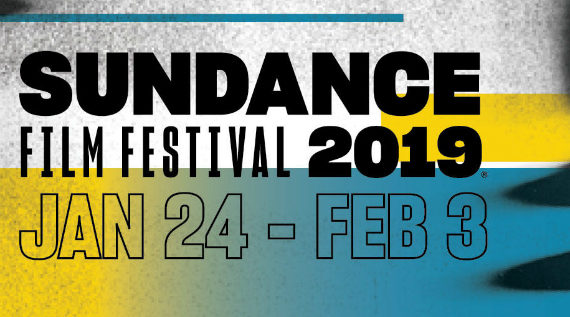Description from TIFF 2009 catalog by Thom Powers:
The Art of the Steal plays like a thrilling whodunit as it seeks to solve what happened to the world-renowned Barnes art collection, valued in the “billions and billions.” The collection’s unrivalled holdings of post-impressionist and early modernist art are staggering in quantity: 181 paintings by Renoir, 69 by C&”233;zanne, 59 by Matisse and 46 by Picasso, including many masterpieces. Dr. Albert Barnes was a self-made man with a well-trained eye who assembled the art in the twenties. He snubbed the provincial elites in his hometown of Philadelphia by housing the collection in the suburb of Merion, Pennsylvania. Rather than grouping canvases by artist or era as in a typical gallery, he displayed work in an idiosyncratic way to express his own aesthetic vision. Barnes was more concerned with educating serious students in his vision than reaching casual tourists, so he restricted attendance and refused to loan paintings to other institutions. His individualism earned him antagonists (notably Walter Annenberg, publisher of the Philadelphia Inquirer) but also many loyal supporters. Upon Barnes’s death in 1951, his will gave control of the collection to the trustees of Lincoln University, the first black university in the United States. Eventually, lawyers and business people swarmed to exploit its resources. In the nineties, a sampling of the collection travelled the world on a multi-city tour (including Toronto). Then a scheme was hatched to permanently remove the collection from Merion that some would later call the heist of the century.
Director Don Argott previously made the endearing documentary Rock School about another iconoclastic educator from Philadelphia. In The Art of the Steal, the filmmaker deftly adopts an investigative approach to unravel the complicated politics and personalities that determined the fate of the Barnes collection. Drawing upon research from John Anderson’s book Art Held Hostage, the film tantalizes us with the sumptuous imagery of the paintings, and features interviews full of intense conflicting opinions.
The story is full of twists, turns and double-crosses. Along the way, multiple questions are raised: How is art best served? Should it be reserved for true connoisseurs or made available to the most eyeballs possible? And who decides?
About the director:
Don Argott grew up in Pequannock, New Jersey. He has produced several films, including the mockumentary Head Space (06), in which he also appears. He has directed three documentaries, doubling as cinematographer on each: Rock School (05), Two Days in April (07) and The Art of the Steal (09). In addition to his film work, he plays guitar in the band Serpent Throne.






